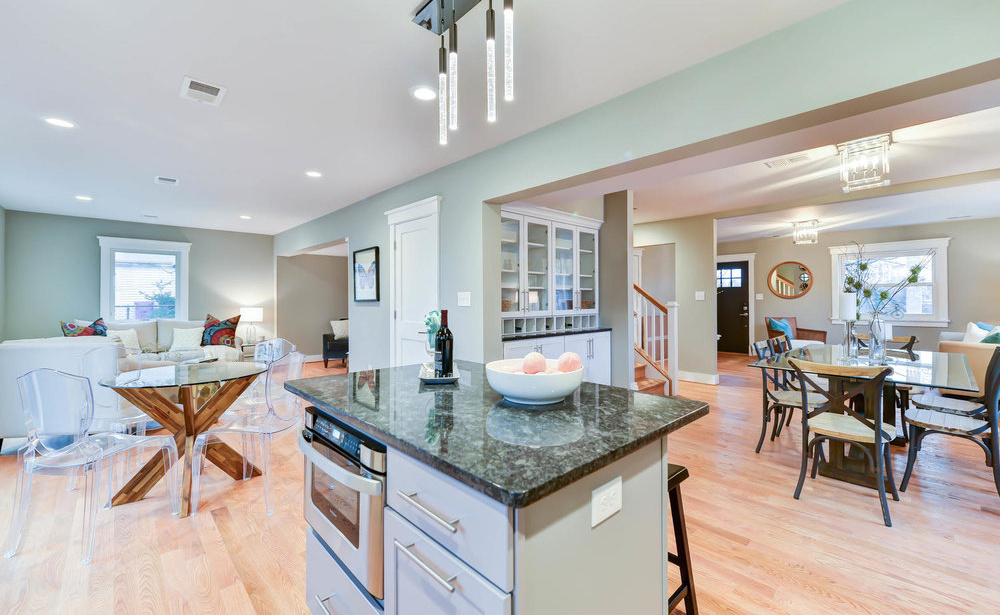I break down water efficiency in your home into two categories. The first is the volume of water you use. The second is the way you heat and deliver the water in your home.
First let’s talk about volume. Most of you have probably heard the term ‘Water Sense’ or seen it on a faucet at Home Depot. Water Sense is an EPA program designed to reduce the volume of water that we use in our homes. Water reduction is primarily achieved by creating ‘low flow’ fixtures. These are the 1-gallon flush toilets or the 2-gallon a minute shower heads that people use.
Low flow fixtures reduce the volume of water a home uses by limiting the amount of water that will flow every minute. This helps to reduce the amount of water we use and also the amount of wastewater that we produce. Arlington County spent a billion dollars on their new (ish) wastewater treatment plant. That plant will operate within capacity and more efficiently if we can control the total amount of wastewater we produce as a County. So, when Arlington encourages you to reduce your water consumption, yes, it is for conservation purposes, but it is also to make sure that they don’t have to invest another billion dollars in a new wastewater treatment plant anytime soon.
The second aspect of water efficiency in a home is heating and delivery. Obviously, we will need to heat less water if we are using less water, creating a more efficient home in that way. Arlington Designer Homes uses two ways to heat water. The first is the standard hot water heating tank that we all grew up with. These tanks have become more efficient over time by adding more insulation or improved heating coils. In recent years we have also installed heat pump hot water heaters that use ambient air to heat water. These are more efficient but noisier. The second is we have installed in-line tanks, meaning that we install two tanks that are connected. The first tank we use to ‘pre-heat’ is a 60-gallon tank and we keep it at 100 degrees that then feeds a smaller tank with a temperature setting of 120 degrees, which then feeds the whole house. This system lets you store water at lower temperatures so that you are not paying to heat and maintain a large tank at 120 degrees 24/7.
The other form of water heating we use is an on-demand hot water heater. This has many advantages and a few disadvantages. Let’s start with the two main disadvantages. They are more expensive to install, and they do not last as long. The advantages are that you can place these almost anywhere, in an attic, on the side of your house, wherever you can vent them. They produce as much hot water as you need at any time. There is no tank, so water enters the unit cold and leaves hot for as long as you need it.
Tankless systems are great if you want unlimited hot water or if you need to have a hot water source closer to, say, the master bedroom. In large houses, sometimes hot water heaters are far away from bedrooms and you must wait a minute or longer for hot water. If you place an on-demand hot water heater closer to the bedrooms, your hot water can arrive almost instantaneously. Further, you are not running the tap waiting for the water to heat up. Generally, you will use less water before it gets hot with an on-demand system.
Tanked vs. on-demand is a debate more for how you live and what your objectives are rather than a right vs. wrong debate. Each has its own merits, and I would recommend each for specific situations but not one over the other in general discussions.



